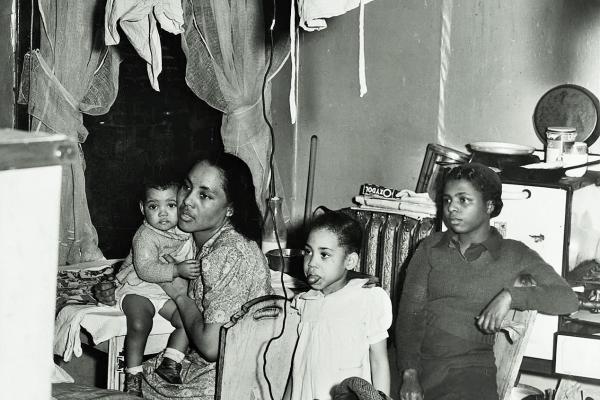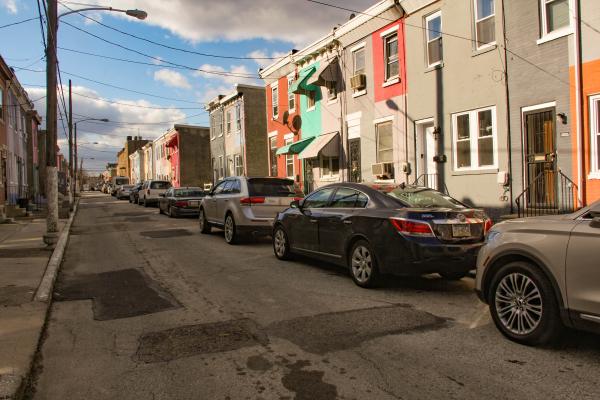Explore Stories
Stories offer an individual narrative of a specific subject. They are the building blocks of Story Collections.

A subway-tube extension, constructed between 1952 and 1955, replaced the Woodland Avenue surface-trolley lines between 32nd and 39th streets.

An undeveloped tract of land at 48th and Spruce streets became a baseball field that in the early 1930s was home to Black professional and semi-professional baseball teams. In the wartime 1940s, the field was home to hundreds of Victory Gardens. From the 1950s on, it was home to West...

The Boothroyd and Goodyear families of West Philadelphia’s West End sent their children into West End Mill, a producer of cotton fabrics and some woolens, in the decades around the turn of the 20th Century.

PGH’s closing in 1977 unleashed a bidding war for the leveled site that was eventually won by a consortium that included Penn, Children’s Hospital of Philadelphia (CHOP), Children’s Seashore House, and the Veteran’s Administration. The consortium, called the PGH Development Corporation, built...

In the first half of the twentieth century, the Blockley Almshouse farmed out its almshouse services and its “lunatic asylum” and recast itself as the Philadelphia General Hospital, whose clinical services significantly improve after the Second World War.

Health issues that would plague generations of African Americans in northern cities in the twentieth century, including patients treated by the Philadelphia General Hospital in the three decades after the Second World War, can be traced to cities’ discriminatory health and employment policies...
In 1872, the University of Pennsylvania relocated its small campus from the central City to Blockley Almshouse property that the City deeded to the University.

In 1834, Philadelphia relocated its almshouse (poorhouse) to Blockley Township in West Philadelphia, to a hilltop environ above the Schuylkill River; by 1854 the site included a swath of new buildings for indigent housing, workshops, and hospital facilities, including an insane asylum.

In 2014, President Barack Obama designated Mantua and several other poor neighborhoods north of Market Street as the West Philadelphia Promise Zone.

Herman Wrice, who founded Mantua Against Drugs (MAD), led a brave 15-year campaign to drive narcotics dealers from Mantua and to shut down their crack houses.

Harsh social conditions made Mantua, a high-poverty African American neighborhood, vulnerable to the devastation of the crack cocaine epidemic of the 1980s and 1990s.

Acceleration of the Great Migration of southern blacks moving north between 1940 and 1950 transformed Mantua from a majority white to a majority black neighborhood, whose population by 1960 was virtually all-African American.